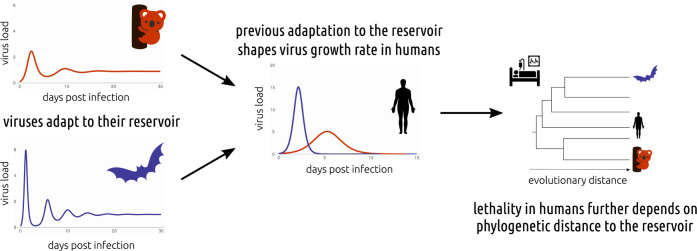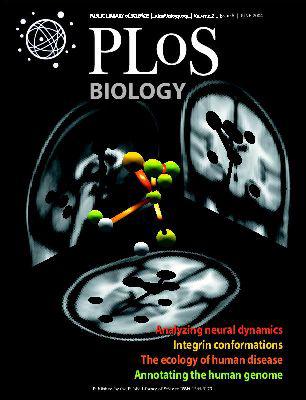预测未来新出现的人畜共患病毒的毒力。
IF 7.8
1区 生物学
Q1 BIOCHEMISTRY & MOLECULAR BIOLOGY
引用次数: 0
摘要
你宁愿亲吻鸭嘴兽、刺猬还是美洲驼?根据本期《公共科学图书馆生物学》的一项新研究,人畜共患病毒在人类中的毒力取决于其宿主。生理学可能是预测病毒威胁致死性的关键吗?本文章由计算机程序翻译,如有差异,请以英文原文为准。

Predicting the virulence of future emerging zoonotic viruses.
Would you rather kiss a platypus, a hedgehog, or a llama? According to a new study in this issue of PLOS Biology, the virulence of a zoonotic virus in humans depends on its reservoir host. Could physiology be the key to anticipating viral threats lethality?
求助全文
通过发布文献求助,成功后即可免费获取论文全文。
去求助
来源期刊

PLoS Biology
生物-生化与分子生物学
CiteScore
14.40
自引率
2.00%
发文量
359
审稿时长
3 months
期刊介绍:
PLOS Biology is an open-access, peer-reviewed general biology journal published by PLOS, a nonprofit organization of scientists and physicians dedicated to making the world's scientific and medical literature freely accessible. The journal publishes new articles online weekly, with issues compiled and published monthly.
ISSN Numbers:
eISSN: 1545-7885
ISSN: 1544-9173
 求助内容:
求助内容: 应助结果提醒方式:
应助结果提醒方式:


